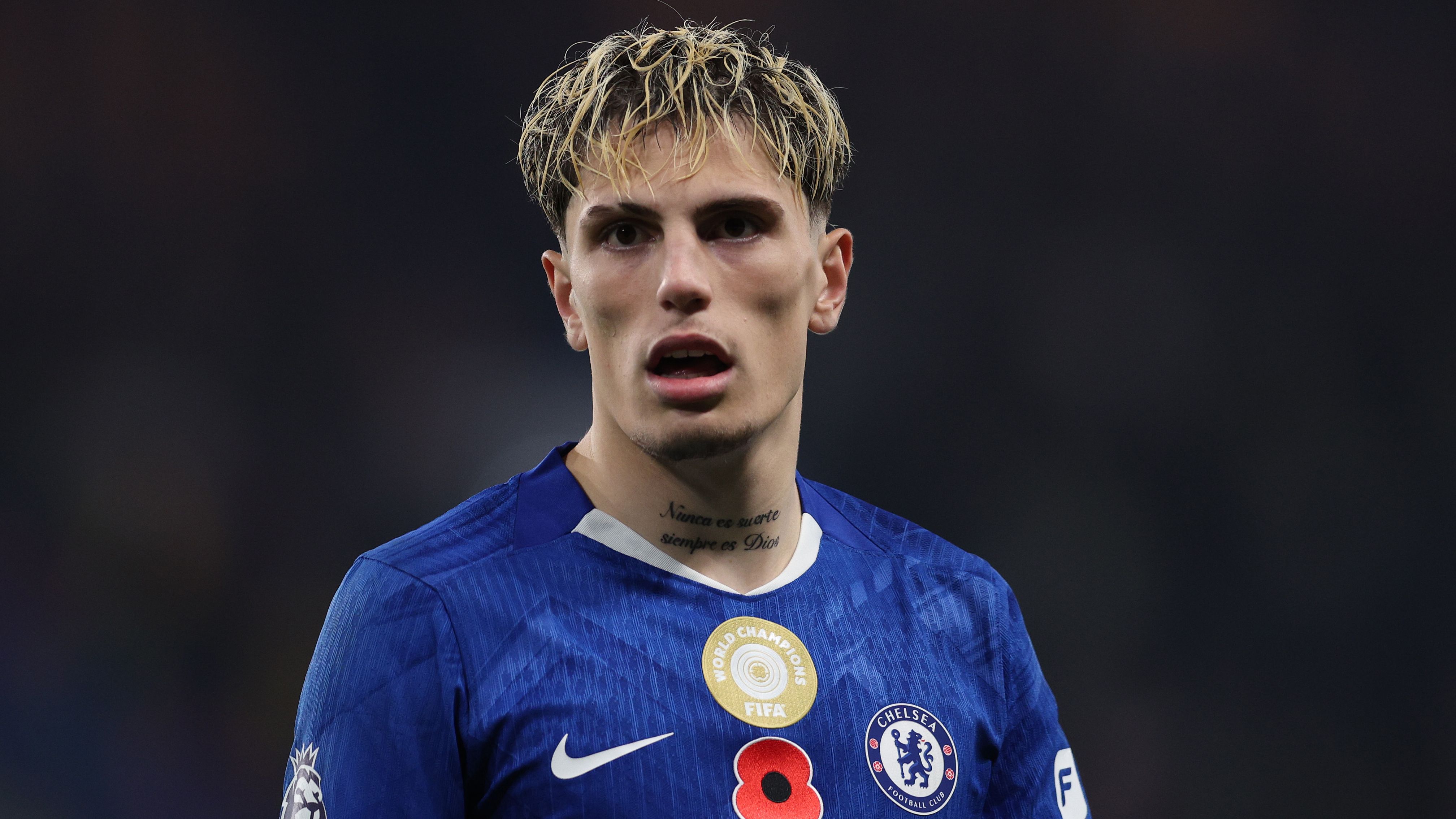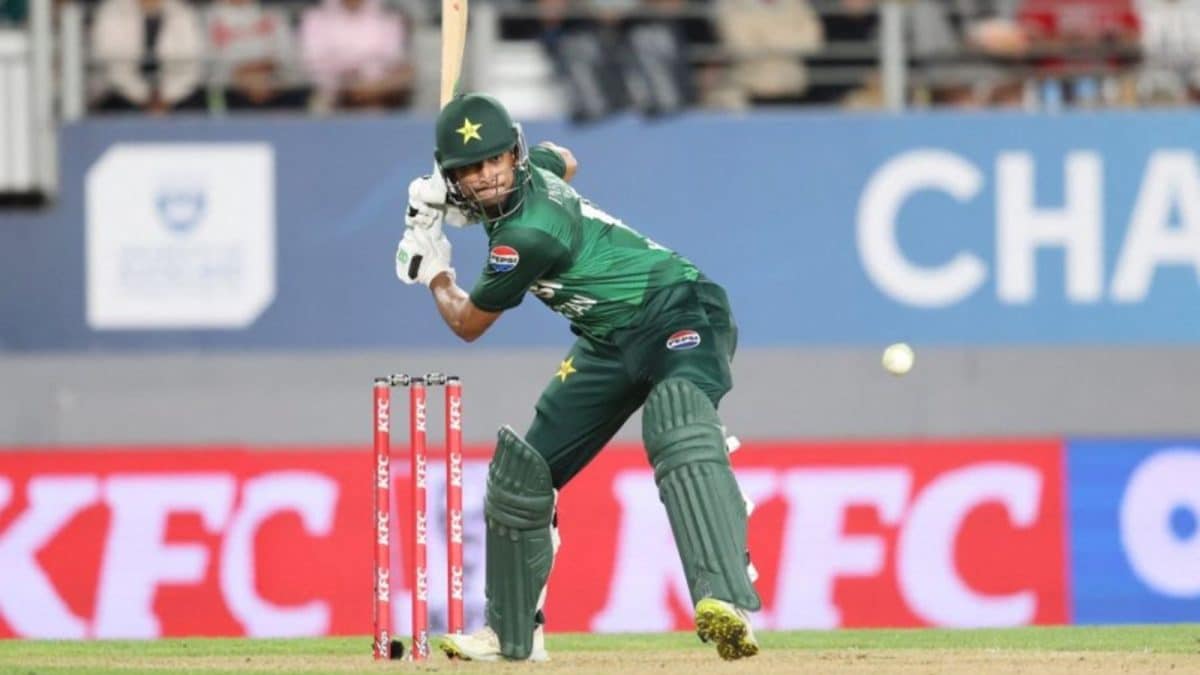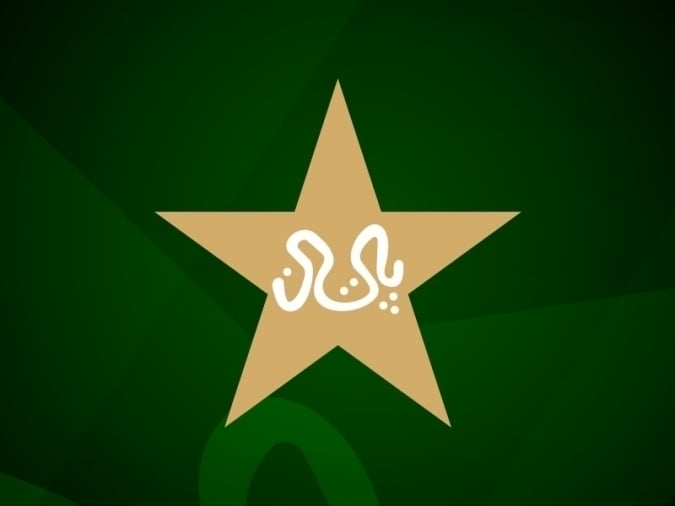Why the Pacific Championship final should be a look into rugby league's future
Samoa might have fallen short of making history in the Pacific Championship final, but their showdown with New Zealand should be a look at rugby league's future.If you could bottle what happened at Parramatta Stadium during the Kiwis' 36-14 victory, you'd be as rich as whoever is flogging Samoan flags.The 80 minutes, and especially the first half, was the best kind of football — brutal and beautiful, emotional and emotive, life-affirming and death-defying. It kickstarted the heart.But this isn't news, at least not to anyone who has watched any combination of Samoa, Tonga and New Zealand face off in recent years, or even just in recent weeks.Throw any two of them together and you're damn near guaranteed something that gets the heart racing.The final margin might make it seem like the Kiwis walked it in, but it took plenty of hard work to make it look so easy on paper.After wobbling under the power of a few Samoan haymakers in the first half, New Zealand got their legs under them and starved the Toa out of the match.That was the destination, but these games are about the journey and Parramatta played host to one.You don't need to be Samoan or New Zealander to feel the anthems and the Siva Tau and haka fill your chest, but as the rowdy crowd of 28,804 will tell you, it certainly helps.Every story you hear about a Pacific Test match mentions the sound and the fury and the colour and the passion of those pre-game moments but there's a reason for that.It can be seen through a screen but to understand its power, it must be felt, and for that you have to be there.Television has evolved to a point where the quality seems better than your own eyesight at times, but what exists in the stadium during the cultural challenges is too powerful to be contained by a mere broadcast.The crowd was staunchly and fiercely Samoan but the chance at defiance brought the best out of New Zealand, who produced their best performance since the record-breaking win over Australia two years ago.Dylan Brown was excellent again at five-eighth, and if there's anything close to justice in the head-spinning world of individual rugby league awards, he will claim the Golden Boot as the international player of the year.But the future Knight was not alone. Erin Clark and Naufahu Whyte, two of the most improved players in rugby league this year, helped bend the game to their will when they came off the bench and Clark's solo try, when he bashed through the heart of the Samoan defence, was proof he's tough in a way some guys can only dream of.Fullback Keano Kini was a constant threat in a very literal sense. He ended up being credited with 30 hit-ups as he bounced between men who looked twice his size.Gold Coast have a long history of fumbling sure things, but in Kini, they have a budding superstar because he is a player that a club and a national team can be built around.Samoa started well and when backrower Simi Sasagi scored a length of the field intercept try, a sentence that seemed impossible just a few months ago before Sasagi's evolution into one of the game's more underrated weapons, history felt in the offing.Junior Paulo's side has a right to be aggrieved about the decision to deny Deine Mariner a try right on half-time, and they held their line as long as they could after the break, but the discipline and consistency of the Kiwis left them gasping for air until they drowned under a sea of repeat sets.Samoa's vaunted size and power, which had delivered them the early going, started to become a weakness. As the shadows lengthened, their strength just made it hard to move in the face of smaller, more mobile forwards like Clark.The result was in doubt until Benaiah Ioelu, the man who thanks God he was born Samoan, went for the line from dummy half inside the final 10 minutes.A try and an epic finish loomed, only for Joseph Tapine to drag him back into the field of play. The finishing touches came with a flurry of late tries that shined up New Zealand's crown as kings of the Pacific but everything up to then was, without question, the good stuff.There is nothing else in rugby league quite like it and what's crazy is the game can have this all the time.All it takes is throwing any combination of Samoa, Tonga and New Zealand, and maybe Australia as well, at any location and all of this can happen again.As the crowds and football have shown, it's the gift the game can give itself and everyone in rugby league knows it. But we all know this by now.You can set your watch to it the same talk after every game as everyone asks themselves why this doesn't happen more often. The same conversations were had after the Kangaroos snuck home against Tonga in the corresponding clash last year.The time for such talk must be done. This game was just the seventh time Samoa have ever played New Zealand. Tonga and Samoa have only played twice in the past six years and this season marks the first time New Zealand has played against both island nations in a non-World Cup year.It's true that finding room in an already crowded schedule isn't easy, but space must be created. Other pieces must be moved to accommodate the possibilities these games bring forth.The Pacific Championship being played three years in a row is an excellent start, as is Samoa and Tonga embarking on standalone tours of England. Next year's World Cup can be a further showcase.Those things must be nurtured if these contests are to reach their full potential, which in certain moments can seem limitless.These games, which draw so much strength from the past through the history and community they distil into 80 minutes, are the future of the sport in a far more tangible and real way than any of the NRL's other overseas jaunts — the narrow ground separating Samoa, Tonga and New Zealand when they come together is certainly more fertile than the sands of Las Vegas.Take emotion and passion out of it, which isn't easy as the singing of the fans rings through the Parramatta night — a good 5,000 or so stayed around in the stadium until over an hour and a half after full-time — and the case for more games like this becomes even clearer.Rugby league has a dynamic, authentic, compelling product on its hands. Said product is desired by a market that spreads all across the world due to the Pasifika diaspora and thus there's no shortage of potential buyers in a variety of locations.They control the supply and this year's tournament is proof they know how to feed the demand.If you can't win with that kind of advantage, you're in the wrong game.Those are bloodless terms for matches that run on spirit, but it's also as clear a sign as any that if rugby league can't find a way to make the most of what it's got on its hands it'll be final proof that the game never misses an opportunity to miss an opportunity.











